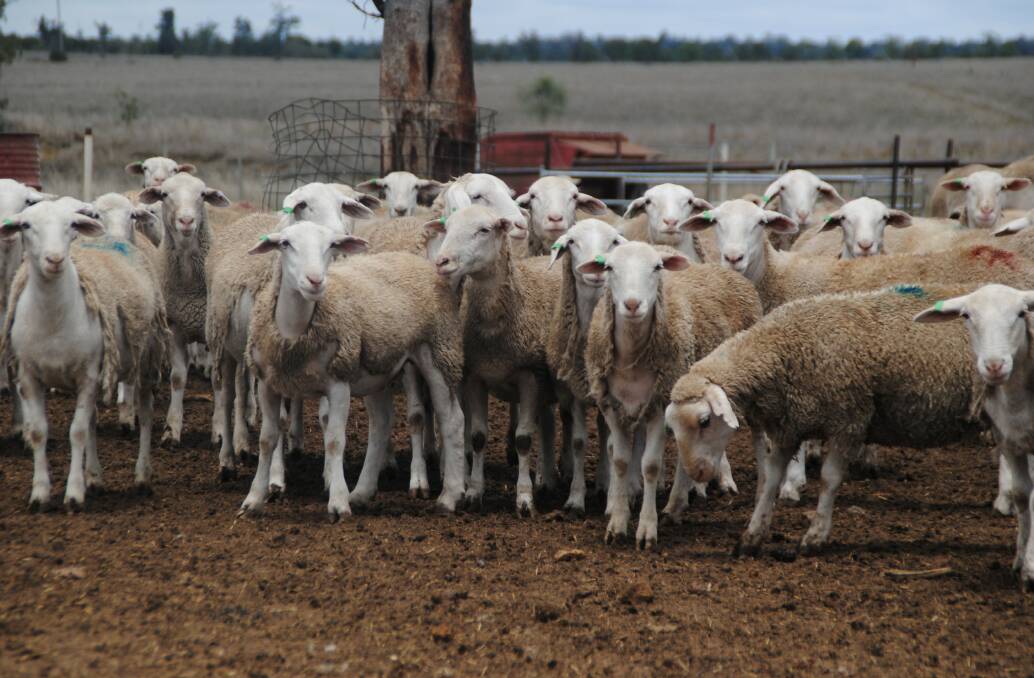
Mutton prices have seen a depressing 2023 start, now bringing below $3 per kilogram.
Subscribe now for unlimited access to all our agricultural news
across the nation
or signup to continue reading
Australian saleyards were bursting with sheep in January with 165,364 ewes on offer, up 78 per cent on last year at the same time.
According to MLA analysts, the saleyard is flooded as producers rebuild their flocks after drought and also that two favourable seasons mean producers and buyers are pickier about the sheep they want to keep.
MLA figures show a fall in 98 cents per kilogram since the start of 2023, and an average of $90.23 per head.
This is the lowest level since 2016.
On the bright side, last month saw the highest Aussie mutton flows for January to China on record, after beating the 4,805 tonnes set in 2019.
Market analyst, Matt Dalgleish said current mutton flows to China are sitting 27pc above the five-year average for January.
"Malaysia have managed an equally impressive start to 2023 with mutton export volumes that are 40pc above the five-year January average," Mr Dalgleish said.
"Meanwhile, mutton flows from Australia to the USA are running 37pc under trend for January.
"Unfortunately, after nearly two years of exceptional demand for Aussie lamb, the USA have started the 2023 season in a relatively poor fashion with lamb trade volumes that are 17pc under the flows seen during January 2022 and 14pc below the five-year average levels for January."
The strong start from China & Malaysia, combined with the below average US demand has placed total mutton exports from Australia during January 2023 at 13,532 tonnes swt.
This is less than 1pc below the five-year average pattern for January, representing the strongest start to the season since 2020 and is 20pc higher than the mutton export volumes seen during January 2022.
Mercado analysts agree that while there's been plenty of money in mutton as the flock rebuilt over the past few years, that trend has taken a turn for the worse for sellers.
Read more
The National Mutton Indicator (NMI) closed last week at 336c/kg, 43pc lower year-on-year, and 35pc below the five-year average.
In comparison, it opened both 2021 and 2022 above 600c/kg.
During the first four trading weeks of 2022, the NMI averaged 592c/kg; this year it was 342c/kg.
The sheep market has previously been having a stellar run, according to Mercado analysts so it's not just the price dip but also the lamb-to-mutton premium change that is worth noting.
In comparison, the Eastern States Trade Lamb Indicator (ESTLI) is tracking at just 8pc below year-ago levels, finishing last week at 771c/kg.
Currently, that is a 57pc premium over mutton.
This time last year, that premium was just 30pc.
It was January 2014 the last time the spread between the two indicators was that wide.
The latest MLA/Australian Wool Innovation Survey showed us that nearly one in two producers intend to expand their sheep operations this year, but the flock rebuild has reached a point where producers can turn off old and cull ewes without lowering overall sheep numbers.
This will also impact the demand side, with fewer restockers in the market for ewes.
This looks to be the trend for 2023.
The silver lining is, the NMI-ESTLI differential historically tells us there's likely little more downward pressure to come on the mutton price, and if you are in the market for ewes the money might be just right.

